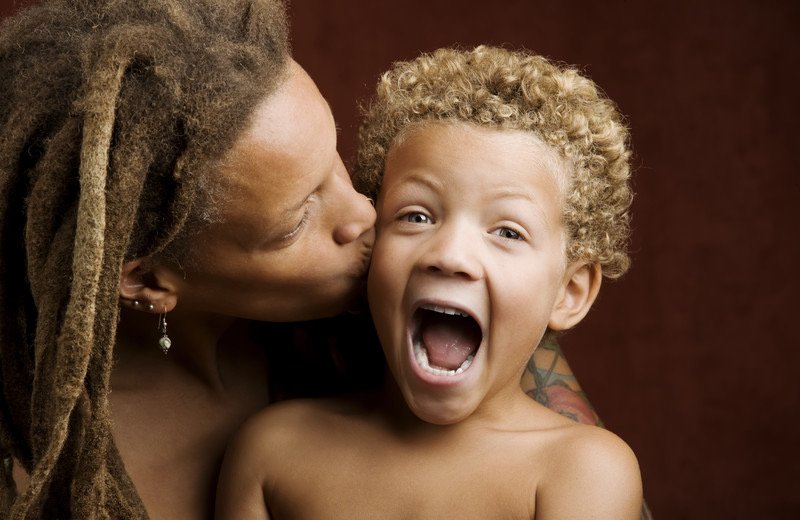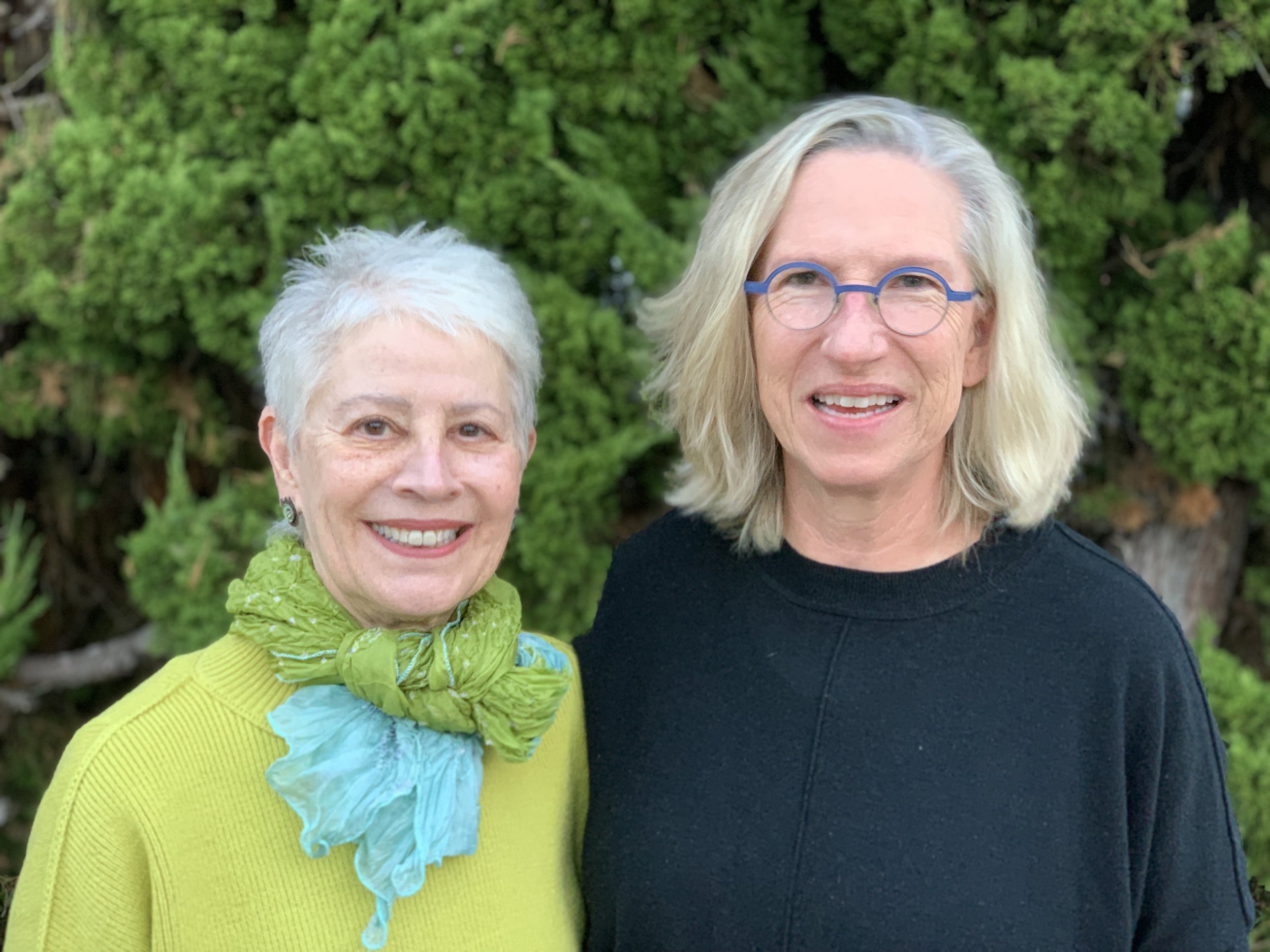
Attachment Repair Therapy
Healing Through Relationship & Somatic Awareness:
Attachment Repair Therapy in Los Angeles
Understanding Attachment: The Foundation of How We Connect
Attachment is the deep emotional blueprint formed with your earliest caregivers that influences every connection you make throughout your life.
When this foundation is solid, you move through the world with a basic sense of safety and trust.
When it's shaky, everything feels more complicated.
The term "attachment repair" refers to the process of developing greater ease in three crucial realms: how safe you feel in your own skin, in your relationships with others, and in the world at large. In early childhood, we develop coping skills to protect our hearts and sometimes our bodies as well, but as adults, some of these strategies no longer serve us.
Consider these questions that often arise from our sense of safety:
Do you trust yourself to make good choices?
How close do you get to others—or how much distance do you keep?
When you're triggered, do you people-please, withdraw, pick fights, or freeze?
Do you know what you need, and can you ask for it?
Can you say both "no" and "yes" authentically?
How We Are Welcomed Into the World Shapes Who We Are
The Two Essential Continuums in Attachment Development
All relationships exist along two important spectrums that we navigate from birth:
Comfort and Distress: Infants arrive as pure nervous system—shifting bundles of sensation moving between hungry and satisfied, hot and cold, tired and alert. They have no sense of being separate from their caretaker and the world around them.
Safety and Danger: Around six to seven months, babies gradually recognize their separateness from their caregivers. This is when separation anxiety begins—the dawning awareness that they can be left alone.
These early experiences teach us how to distinguish safety from danger and how much to trust and when.
How a baby is welcomed into the world has profound effects on their emotional, social, and cognitive development. With so little experience to draw from, this welcome teaches them everything they initially know about what it feels like to be here.
A securely attached baby develops through responsive, sensitive caregiving—the warmth of loving hands, consistent comfort when distressed, playful interactions, and predictable care. Babies are also learning through their bodies long before their thinking brain comes online. A newborn held by warm, loving hands learns something fundamentally different than one held impersonally.
Attachment Ruptures in Adult Relationships
Ruptures in attachment, big and small, don't just happen in early childhood. There's not being welcome at the cafeteria table, bullies and people who take our good ideas as their own, negative assumptions made about us based on our looks, class, race, or religion. Who hasn't had their heart broken, a friendship ended, a betrayal at work, an unwanted ending, or a death that leaves us feeling alone and unmoored? These experiences also hurt our hearts and may leave us closing our hearts to the possibility of being hurt again or clinging to relationships that no longer serve us.
Repairing Attachment
Through Healthy Relationships
Here's something beautifully paradoxical: attachment difficulties, rooted in challenging relationship experiences, are healed through healthy relationships. This can happen with life partners, friends, and family members. It can also unfold through a relationship with a skilled trauma therapist.
The quality of presence matters enormously. Whether in therapy or in life, healing relationships are characterized by attunement, respect, non-judgment, and what we might call an invitational quality—a warmth that opens space rather than closes it down.
The Heart of Therapeutic Connection
You might be surprised to learn that research consistently points to the therapeutic relationship itself as the most powerful factor in healing—more than years of experience, specific techniques, or credentials.
What matters most is the quality of connection: mutual respect, empathy, and a genuinely non-judgmental presence.
Trust with a therapist, like in all relationships, isn't automatic. It develops over time through countless small interactions. When you first walk into our office, we don't expect you to feel particularly safe or trusting—that's completely normal. What we hope is that you sense we're people you could grow to trust and depend on, people with whom you could eventually feel safe through a gradually deepening connection.
The therapist's capacity for what we call co-regulation becomes crucial here. This means we can remain well-regulated in our own systems while holding space for your dysregulation. We don't get pulled into the trauma vortex with you—instead, we maintain our groundedness in what we call the healing vortex, skillfully supporting your nervous system as it learns to settle, discharge, and find new rhythms.
The Somatic Dimension: Your Body Holds the Wisdom
What Happens in Attachment Repair Therapy
Therapy can be a laboratory for having an embodied experience of what a healthy relationship and healthy boundaries feel like. You get to try out new ways of being with another person skilled in relationships and establish a different kind of connection than you might be used to. This might mean talking more deeply about how you're feeling in this very moment, not having to minimize your experience, getting help identifying feelings, and finding words for things that have long lived in silence.
A significant part of attachment repair involves supporting you in opening up to younger states—the thoughts, emotions, and body sensations of your earlier self. With enough support, you can learn to tolerate these states while remembering that you're not just your four-year-old self or your twelve-year-old self. You're also your current, capable adult self.
When conflicts or misunderstandings arise with your therapist—as they naturally do in any real relationship—we welcome these moments. They're not signs of failure but opportunities for repair. We're transparent about our part in any rupture and quick to address whatever needs attention. This models how healthy relationships actually work: not perfect and stress-free, but capable of repair, clarification, and renewed connection.
Our Dynamic 360° Approach to Trauma Healing
What makes our approach distinctive is our somatic awareness—our training in tracking what's happening in your body and helping you become more embodied. While many therapists have big hearts and sharp minds, fewer are trained to notice the subtle shifts in breathing, posture, and micro-movements that reveal so much about your inner experience.
Your earliest attachment experiences happened before you had words, stored in your body as felt sense and implicit memory. A traditional talk-therapy approach might miss these pre-verbal imprints entirely. We work with both your verbal processing and your body's wisdom, helping you learn to tolerate both uncomfortable states and, just as importantly, joyful ones.
Many people with complicated histories have nervous systems deeply patterned toward anxiety, hypervigilance, and dysregulation. They need support expanding their capacity for rest, relaxation, and ease—states that might feel uncomfortable or untrustworthy at first.
We take a comprehensive approach to trauma and attachment repair, offering multiple therapeutic modalities including EMDR therapy and Somatic Experiencing. This addresses not just your traumatic experiences and memories, but the meaning you've made from them and how they're carried in your body. We also provide mindfulness-based therapy to help you develop skills in working with difficult thoughts and emotions.
For four decades, we've been at the cutting edge of trauma research and treatment. We understand both personally and professionally how fragmenting and frightening trauma can be, and we provide steady, compassionate support throughout your healing journey.
Rather than continually feeling like you're in the danger zone, you can tap into your innate strength and resilience. It's possible to heal old wounds, develop beautiful self-intimacy, and cultivate the openness and confidence needed to flourish in your relationships and your life.
Ready to Begin Your Healing Journey?
You no longer need to navigate painful feelings or make sense of trauma on your own. If you're in Los Angeles or the surrounding area, we're here to help with attachment-based therapy and somatic healing approaches.
Call Stephanie at 310-339-5851 or Lee Ann at 310-980-8988 for a free 15-minute consultation.
We're happy to discuss your specific needs and answer questions about attachment repair therapy, somatic approaches, and how our practice might support your healing journey.





